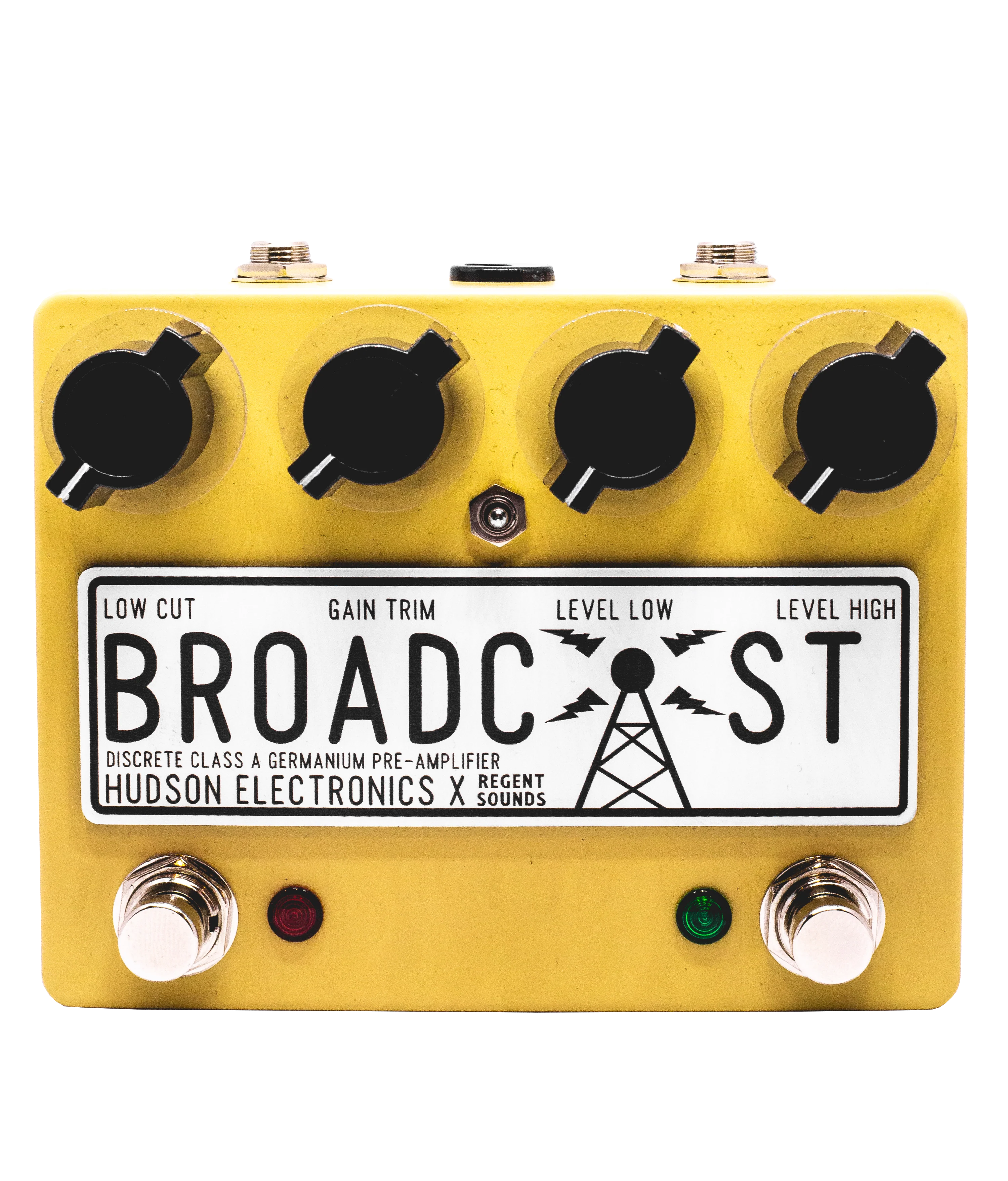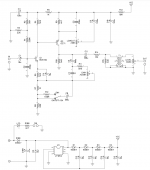Just finished this pedal today. I like it! But I wish it had a treble roll-off tone pot. I spent an hour or two auditioning Ge transistors, and it seems to prefer slightly higher hfes. The highest gain tranny I had which worked was a Russian MP20 at around 90 and it sounds pretty good. Actually all of the MP20s sounded good but the lower the gain got the brighter the tone. I also tried some other "better quality" Ges (can't remember the numbers) but they all sucked.
But even with the good transistors it's still a little crisper (brighter) than I'd like. It's a good sound and I like how it feels to play through, but maybe I'll have to stick a cap to ground on the output! Is it just mine or do they all sound quite bright? And what hfe on the Ge transistors are you fellas using?
But even with the good transistors it's still a little crisper (brighter) than I'd like. It's a good sound and I like how it feels to play through, but maybe I'll have to stick a cap to ground on the output! Is it just mine or do they all sound quite bright? And what hfe on the Ge transistors are you fellas using?



